Our favourite dream-home guy, Dermot Bannon, is back with a new aspirational show. He spoke to Claire O'Mahony about life before, during and after lockdown.
In a world dramatically shrunken by the pandemic, at least there’s the option of some gloriously escapist TV to broaden our vistas. And with the country on Level 5 restrictions, it’s an ideal time for the third series of Dermot Bannon's Incredible Homes to arrive to screens. It gives viewers a chance to drool over spectacular homes and interiors from the safety and comfort of their couch.
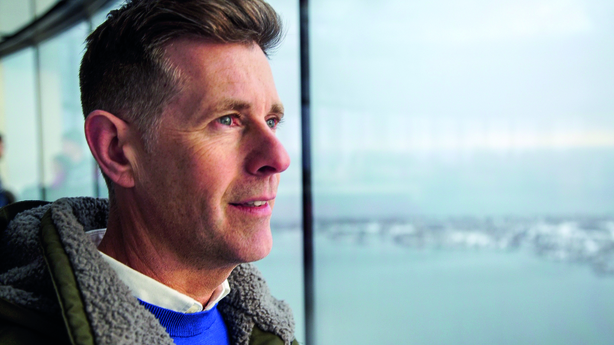
The first episode takes us to Canada, somewhere that has long featured on Bannon's bucket list of architectural adventures. "The climate is so extreme," he says.
"When we were there it was -20°C and the wind chill brought it down to -30°C. If you took off your gloves for more than five minutes, you were in absolute tatters. But then they were describing the summers and because Toronto, where we filmed part of the episode, is so far in from the sea, it is just really humid. So you’re talking about keeping a house really cool in summer and wrapped up really warm in winter."
Three weeks after arriving back from Canada, Ireland went into lockdown, which meant that plans to film more episodes abroad, including Spain, were scuppered. Instead, the programme turned its sights on Ireland and Bannon says is one of his favourite episodes ever.
"Whenever I go to another country, it’s all about me learning a little bit about their culture through architecture," he explains. "I know Ireland – I know nearly every house that has been built – so for me, the challenge was to find somewhere that I was going to learn from."
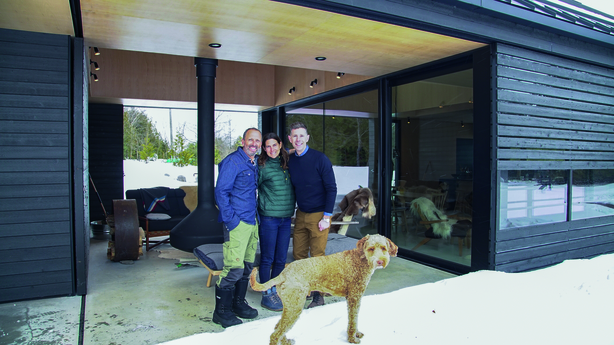
This meant focusing on his wish list of Irish buildings that he’d always wanted to see, some of which might prove divisive for the audience. "I’m hoping it’s different. It’s not just a fancy, blingey, snazzy homes episode of the rich and famous in Ireland. It’s actually the opposite, and it’s people who have been really clever with architectural ideas built into their houses."
He’s also started working on Room to Improve, which will air later this year and confesses that lockdown provided something of a break. "I’ve done Room to Improve for the last 13 years and it’s been like this rolling machine that as soon as you finish one, you start back into a new series. Or sometimes, you’ll have some that never got finished and you’re still on them," he says.
"It just never ended and I think for the first time ever I got a three-month break from it and now I’m really, really keen to get back to it. I think I was getting a little bit worn out from it all and lockdown just gave me the kick up the backside so I’m looking forward to it this year."
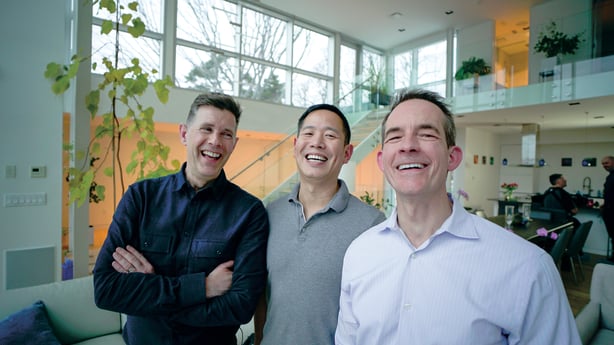
Lockdown also gave him the chance to properly enjoy his recently renovated Drumcondra home, which he revealed in a two-part special of Room to Improve earlier this year.
"I had time to sit and enjoy it and it was great during the summer, the garden was amazing. We had no money left, so we didn’t get any of the other planned features in the garden done. That’s why I need to go back to work," he laughs.
"But we lit a fire pit down there and we all sat out. The pace of life slowed down. We cooked and we made pizzas every Friday. There was enough time to work during the morning, make your dough, then back to work but in the meantime, your dough is rising. It was just nice to spend that time with the family and the house and I think if it hadn’t been for lockdown, I think I’d still be leaving the house at 7 o’clock in the morning and getting home at 8 at night and not really learning to appreciate it."
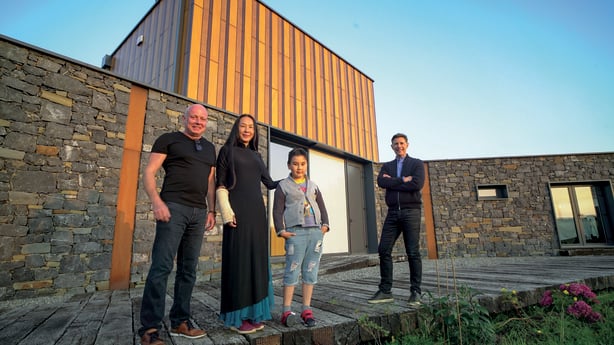
Lots of long walks listening to podcasts and sea swimming were a regular part of his routine during this period, and time spent with his children – 15-year-old Sarah and sons James (11) and Tom (7) – also took on a different tenor.
"What I loved about it is sometimes when I’m really busy and I’m trying to spend time with the kids, you’re kind of forcing a conversation so you’re saying 'So how did you get on with this?’ and they’re going ‘Fine, fine’. They’re just being kids and you’re saying ‘Well I’ve only got a couple of hours now, this is our quality time together’," he says.
"I think for a long time, lots of people who are busy try to spend quality time with their kids but what was lovely about lockdown is that you don’t, you just spend time. There were times when we were in the car and there was no chat and that was fine too. There were times when we went out for a walk and you’d talk for half of the walk and you wouldn’t for the other half. It just wasn’t forced and we got to know each other in a more relaxed way."
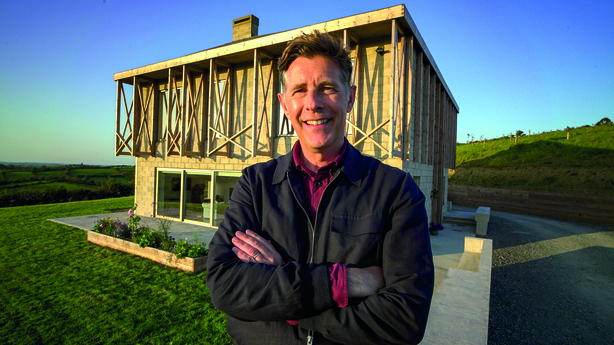
The last few months have seen people re-evaluate their space and their homes and the architect foresees that there are going to be a lot more demands made on houses over the coming months. Whereas summer allowed people to spend more time outside, going for walks and barbecuing, as winter draws in, escaping al fresco is less of an option.
"Obviously, we’ve learned that an open plan house is nicer for everyday living but I think for special occasions or even just a Friday night when you get a takeaway or cook something, you don’t want to be sitting in the same space that you’ve just spent all day working," he says.
"Our houses will have to become far more flexible and deliver really functional big family spaces, but also more intimate spaces; somewhere that you can feel that you’re in a special place. That could be down to lighting, it could be down to room dividers, it could be down to stoves. It’s lots of different elements to make our houses feel different from one end of the day to the other and when the long dark evenings draw in and we’re stuck there, it’s going to be difficult."


